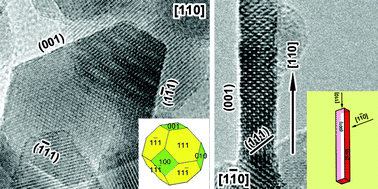The design and fabrication of nanomaterials is a crucial issue in heterogeneous catalysis to achieve excellent performance. Traditionally, the main theme is to reduce the size of particles as small as possible mainly to increase the activity, so-called size-dependent catalytic chemistry. In recent years, the rapid developments in novel morphological and structural nanomaterials have enabled the fabrication of catalytic materials with exposing more reactive crystal planes, favoring a deep understanding of the active sites. Here, we highlight the recent progress in catalytic materials with unique performance caused by the morphology, by taking Co3O4 nanomaterials as an example. Firstly, we briefly summarize the important synthetic strategies and characteristics of morphology-controlled Co3O4 nanomaterials and their precursors like cobalt hydroxides, including zero- to two-dimensional and hierarchical nanostructures. Then, morphology/plane-dependent catalysis of these cobalt oxides is demonstrated, focusing on CH4combustion and COoxidation in order to elaborate the intrinsic nature of morphology and surface plane. Finally, we outline our personal understanding and perspectives on the morphology-dependent nanocatalysis with metal and metal oxides. These morphology-controlled nanomaterials with more reactive crystal planes exposed are expected to be highly efficient for practical applications based on the deep understanding of the catalytically active sites.

You have access to this article
 Please wait while we load your content...
Something went wrong. Try again?
Please wait while we load your content...
Something went wrong. Try again?


 Please wait while we load your content...
Please wait while we load your content...